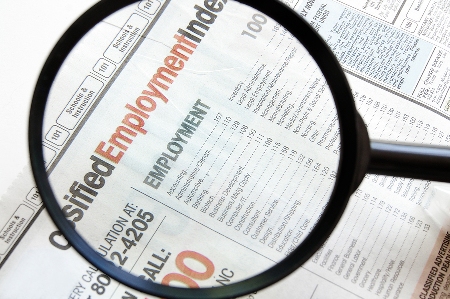A new report entitled "Red alert suburbs: An employment vulnerability index for Australia's major urban regions" is collaborative between researchers at Charles Darwin University's Centre of Full Employment and Equity (CofFEE), and Griffith University.
Professor Bill Mitchell, CofFEE director said the research team had updated the Employment Vulnerability Index (EVI), which was originally released in March 2009 with the new ABS statistical area data.
"The model identifies the employment vulnerability by regions," he said.
"The EVI covers all the nation's capitals and major regional cities — some 85 per cent of the total population."
Professor Mitchell said the EVI displayed as a searchable and scalable interactive map with the Red Alert and Amber Alert suburbs as most exposed to potential job losses and least well placed to escape disadvantage associated with increasing unemployment.
"As the economy worsens, communities will face potential job losses, but the EVI shows that many will be more affected than others," he said.
"The report reveals that there are 14.3 per cent of Australian suburbs classified as Red Alert suburbs or those with the highest vulnerability to job loss. Tasmania, Western Australia, South Australia and Victoria have all recorded higher percentages."
Professor Scott Baum, co-author and Griffith University geographer, said that for some of Australia's most disadvantaged suburbs the inevitability of increased levels of unemployment would mean further dislocation of these communities from mainstream economic activities leading to deepening levels of concentrated disadvantage.
He said the report also identified a new arena of socio-economic disadvantage that would emerge as a result of the economic crisis.
"These areas include the mortgage belt areas in the major cities and regions," Professor Baum said.
"They comprise around 46 per cent of the red alert areas, the remainder being those areas that are traditionally considered disadvantaged."
Professor Mitchell said the report concluded that while job losses would be located in some of Australia's most disadvantaged suburbs, other places which had been advantaged by economic prosperity in recent years would also face increasing unemployment risk.
"Some of these suburbs are located in the middle and outer suburban mortgage belts where houses were purchased during the recent housing and economic boom," Professor Mitchell said.
"There is a real danger that as unemployment strikes many of these suburbs they could become hot spots for home repossessions."
The authors of the report argue that the federal government should prioritise the minimisation of job loss and should introduce a job guarantee that would offer a public works job to anyone who wanted one at the minimum wage. This should sit side by side with a National Skills Development framework to address shortages in relevant skills which are producing bottlenecks in some regions.
Professor Mitchell said he encouraged the government to introduce a fiscal stimulus that focused on direct job creation, rather than training people for jobs that were not there.



-160x160-state_article-rel-cat.png)




-160x160-state_article-rel-cat.png)







-160x160-state_article-rel-cat.png)


